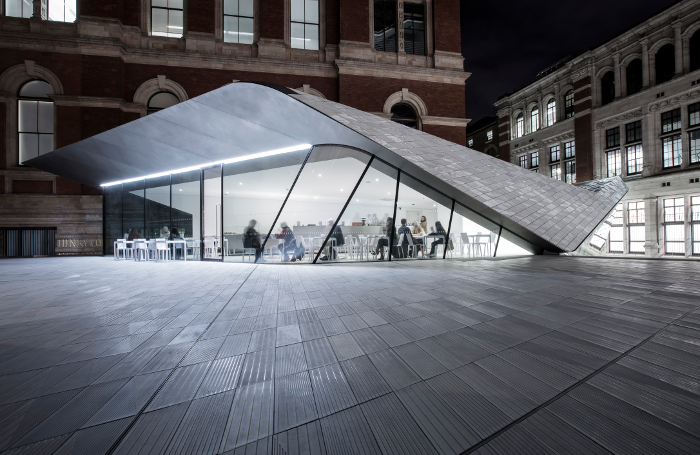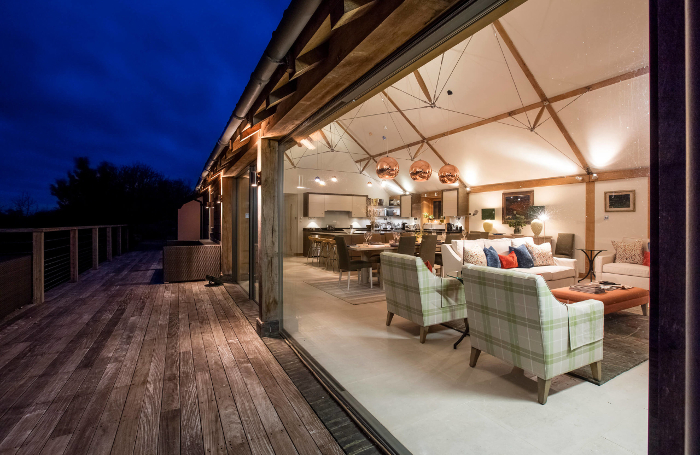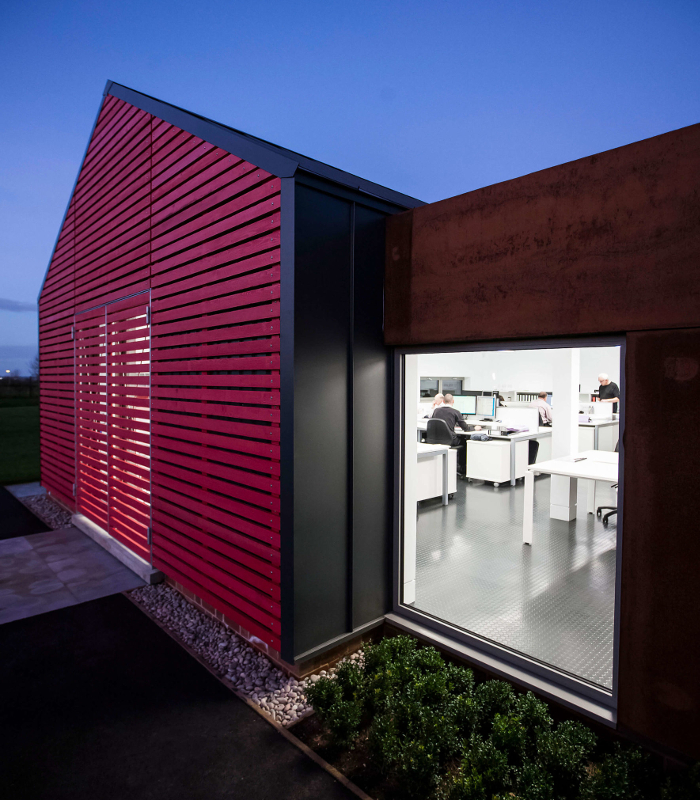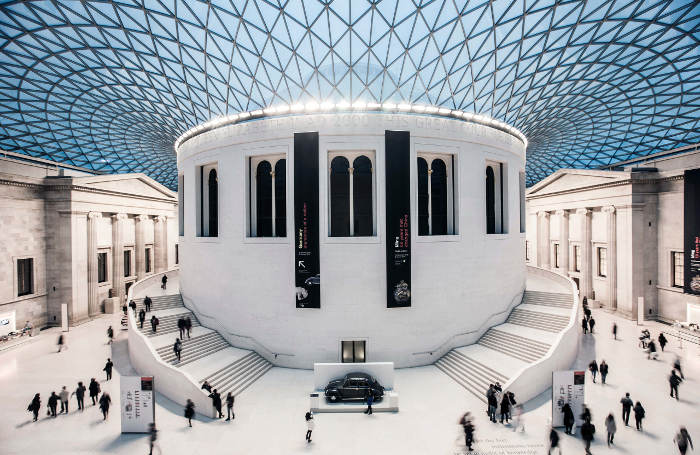In the challenging business environment brought about by coronavirus, it has never been more important for practices to generate new work to safeguard their future.
For any potential new clients, the website may well be their first introduction to a practice’s work. The images they see there could be the difference between success or failure. Practices need to be maximise every asset they have, and displaying appealing images relevant to their specialism, desired clients or local area could be crucial.
No-one knows a building quite as well as the architect who has been working on it for months, perhaps even years. In the course of designing, specifying and revising a project they will have become aware, for instance, of how the light falls on a façade at a particular time of day. Such considerations are important when photographing projects — or commissioning a professional to do so.
“Even a simple, plain box of a building can look dramatic with the right lighting,” points out Andrew Hendry, a professional photographer with many architecture clients. “Architectural photography depends upon strong composition and lighting, so if the architect knows there is a potentially great shot to be had, they need to brief the photographer properly.”
A professional photographer will have a good eye for what to look for, but an informed, detailed brief from a client will produce far better results than simply asking for photos to be taken on a sunny day. The kind of reflective considerations an architect might come up with in writing a brief to a professional apply equally to any photographs they might be taking themselves.
“There are aspects that only the architect will know or have noticed. This might be something as easy to overlook as how water runs down a gutter. The photographer can then capitalise on that knowledge.”

Hendry therefore always insists upon a detailed brief. What is the practice trying to achieve in showcasing this particular project? What elements of the building are essential to its design or function? Hendry will often ask for a floor plan in advance, which can be useful for working out lighting angles.
Some buildings come alive at night; others might best be shown off by contrasting the cosiness and comfort of interiors with a murky winter’s day. Taking into account the practice’s specialist sector is also important.
A photograph might need to perform a wider function: showing the positive impact a project has had on its neighbouring environment, for example, if the practice needs to highlight this part of a project’s narrative to demonstrate their ingenuity in finding solutions sympathetic to a local vernacular.
The urgency of the timescale will vary of course: it might be that photographs of a particular project are needed quickly, irrespective of any unfinished areas of a building or access concerns. The photographer will then need to be ingenious in what is shown.
Due to the coronavirus pandemic, city and town centres are still unusually quiet (although growing busier) so, if a practice has time and can do so safely, this could be an opportune moment to take obstacle-free shots of any projects local to them in order to enhance their website or Instagram pages.
Conversely, however, it is almost impossible to show a building in use currently. Hendry explains that, in normal circumstances, a practice might consider bussing in its own office staff to populate a site or room in order to show, for example, people working efficiently at their desks in an office, or enjoying public realm spaces in a housing block.
While the coronavirus response has changed what can and cannot be photographed, Hendry states that clients are still commissioning photography of their projects. He reports that, reassuringly, when visiting sites the correct safety measures are in place and he has grown used to working while wearing a facemask and routinely having his temperature taken.

Having impressive visual content for use on practice websites and social media is arguably more important than ever. In terms of use of photographs on websites, Hendry recommends simplicity. Use large images, he suggests, and ensure they complement a web design with clean lines and a clear layout that is easy to navigate.
“It is important for a homepage to immediately convey a sense of purpose, with images that communicate a practice’s philosophy in a simple fashion.”
Hendry is keen for architects to use high-resolution images on their websites. An image size of 1-3 MB is no longer problematic for page speeds. When photos really do have to be compressed, Hendry recommends that architects should try one of the many free compression tools, such as TinyPNG, which can reduce file size with no loss of visible quality.
His final website tip is never to overlook metatags. Many businesses will add keyword metatags to homepages and individual webpages – to ensure that their practices can be found by search engines for the right reasons – but they will overlook adding them for photo files.
This is partly a matter of professional pride – a photographer likes to know that their photographs will be found by image searches – but it also plays a vital part in promoting a practice and the work it carries out.

Thanks to Andrew Hendry, Photographer.
Text by Neal Morris. This is a Professional Feature edited by the RIBA Practice team. Send us your feedback and ideas
RIBA Core Curriculum Topic: Business, clients and services.
As part of the flexible RIBA CPD programme, Professional Features count as microlearning. See further information on the updated RIBA CPD Core Curriculum and on fulfilling your CPD requirements as an RIBA Chartered Member.
Posted on 30 July 2020.










